
NEW JOHN P. MCGOVERN HALL OF THE AMERICAS TO PRESENT BELONGINGS, STORIES OF NATIVE PEOPLES at HMNS
Houston Museum of Natural Science debuts New John P. McGovern Hall
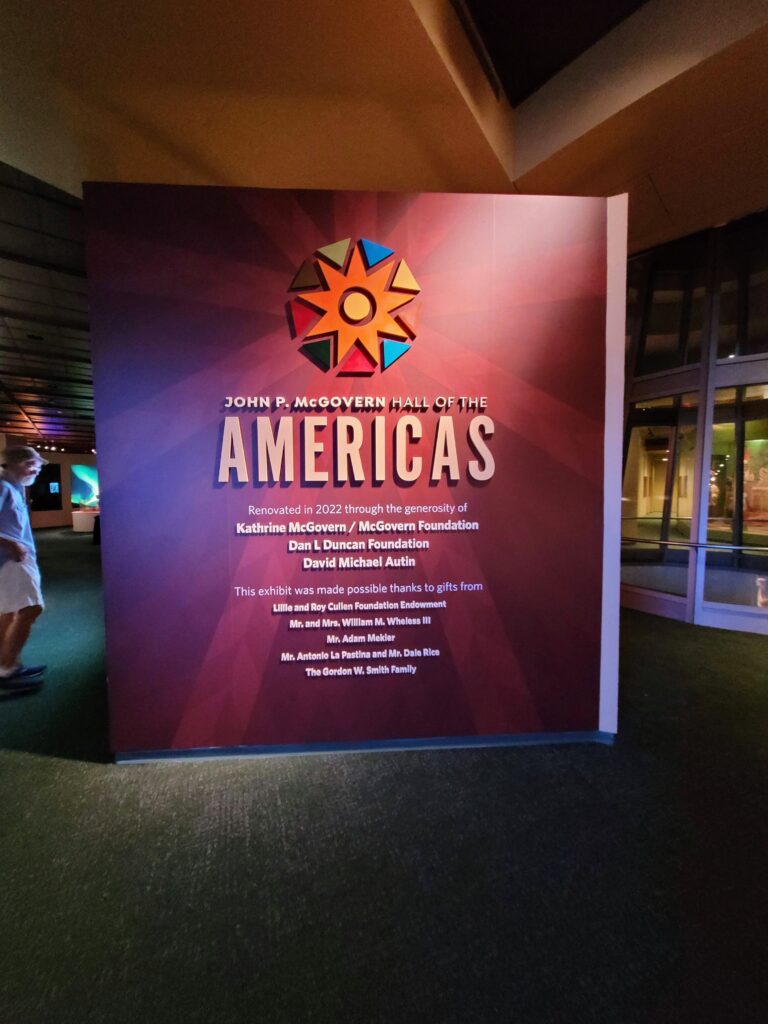
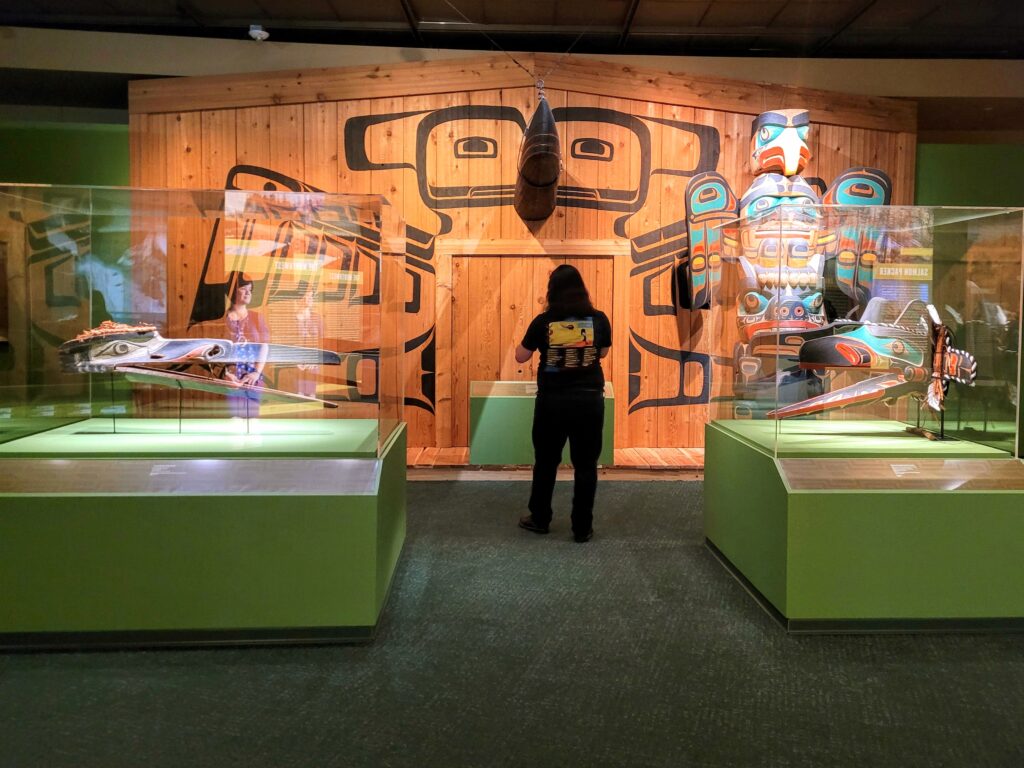
For the past several months, Bertney Langley, member of the Coushatta Tribe and native speaker of Koasati, had been carefully watching the process unfold as the Houston Museum of Natural Science (HMNS) prepared to unveil its newly revamped John P. McGovern Hall of the Americas to the public this fall. He sat in the same room as his wife Linda Langley, retired Professor of Anthropology from McNeese State University and the Coushatta Tribe of Louisiana’s first Historic Preservation Officer for the past decade, attended numerous team meetings as part of HMNS’ Indigenous Advisory Council.
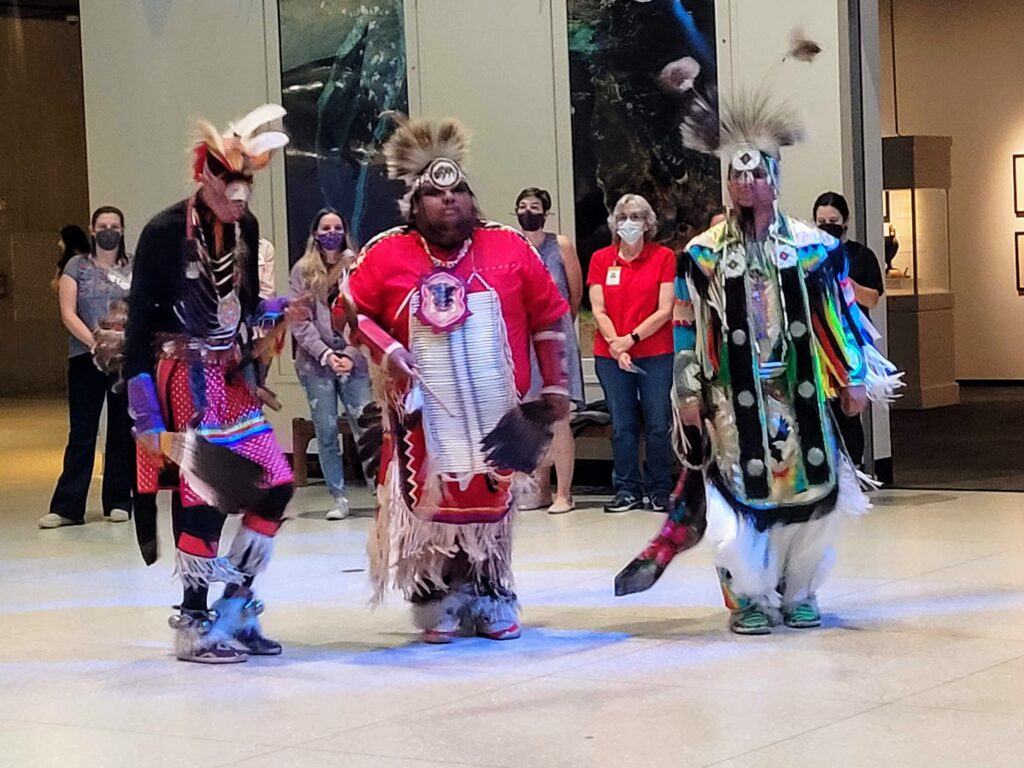
Langley described his memories of growing up, learning what museums are, and the importance behind forming the Indigenous Advisory Council.
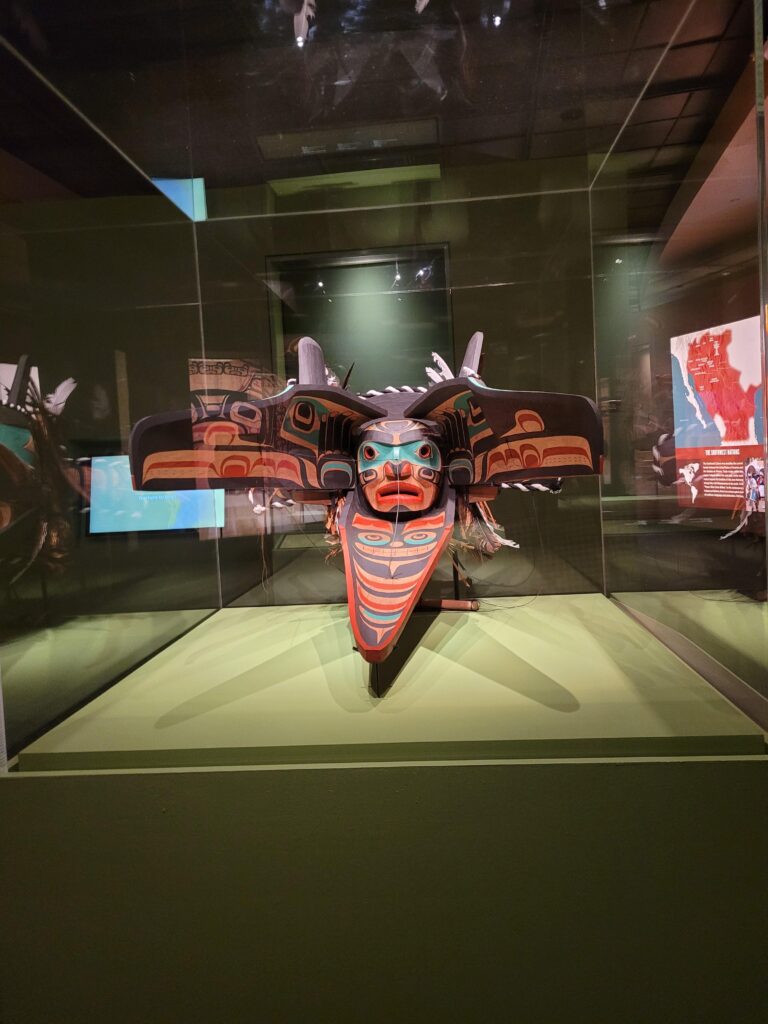
“When I was a boy, I thought museum exhibits about Native peoples were cold, inaccurate stories told by outsiders,” said Langley. “In my lifetime, I have seen a significant shift in how our peoples are treated by museum curators and academics, with a new focus on centering Native perspectives. The Houston Museum of Natural Science has led the way in this regard, by inviting Native tribes into true partnerships. In fact, they have redone their entire exhibition to focus more on Indigenous viewpoints. This kind of collaboration is a prime example of a new model for museums – to work together in friendship with Indigenous peoples to share the stories of our peoples, to show how we have survived against all odds, and to share the lessons of our cultures with all people. We can breathe life into our own histories, because after all, we are still here.”
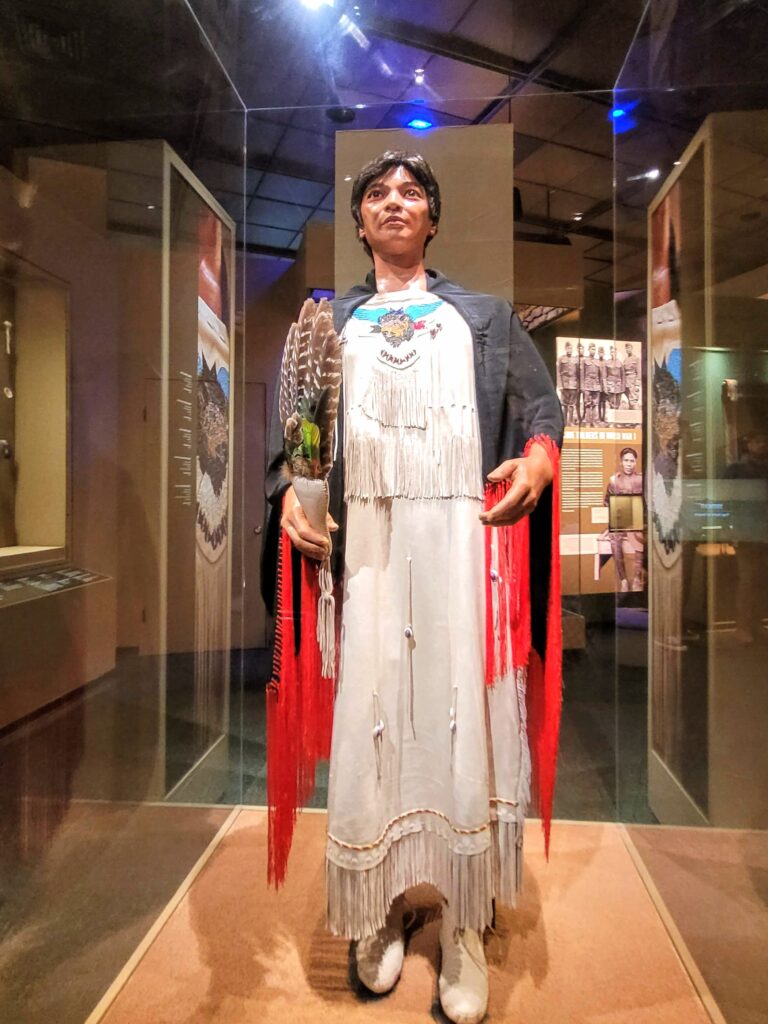
And that is what both Mr. and Mrs. Langley want patrons to understand the most when visiting the newly redone exhibition – how theirs and many other Native cultures have always populated the Americas and continue to do so.
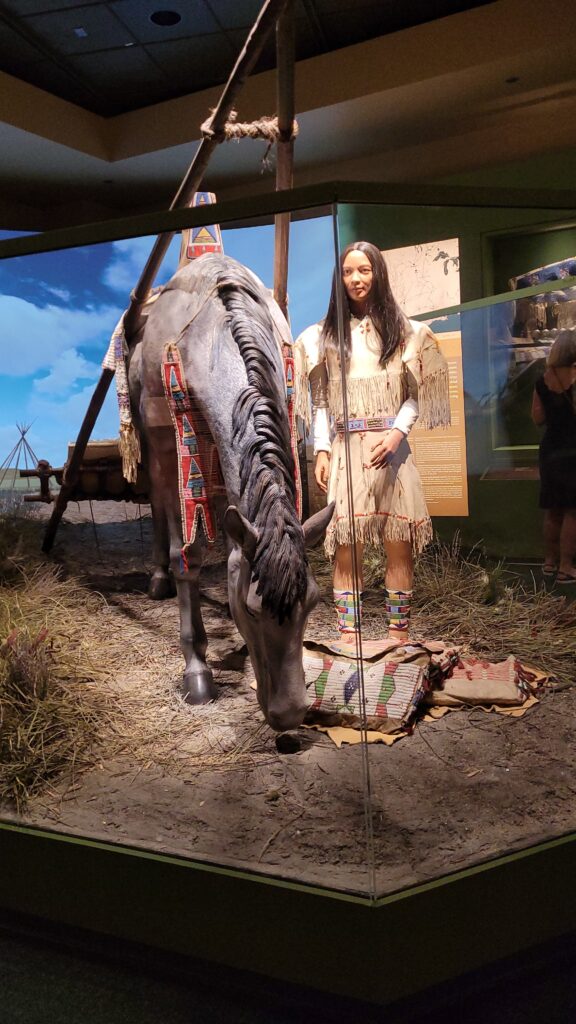
They intend to convey that message with the help of the aforementioned Indigenous Advisory Council that HMNS formed to tell a more complete narrative, and bring Indigenous stories to the forefront to reexamine the history of many diverse groups. Demonstrating the Museum’s desire for collaboration and willingness to seek guidance, the Council represents Indigenous peoples from across the Americas.
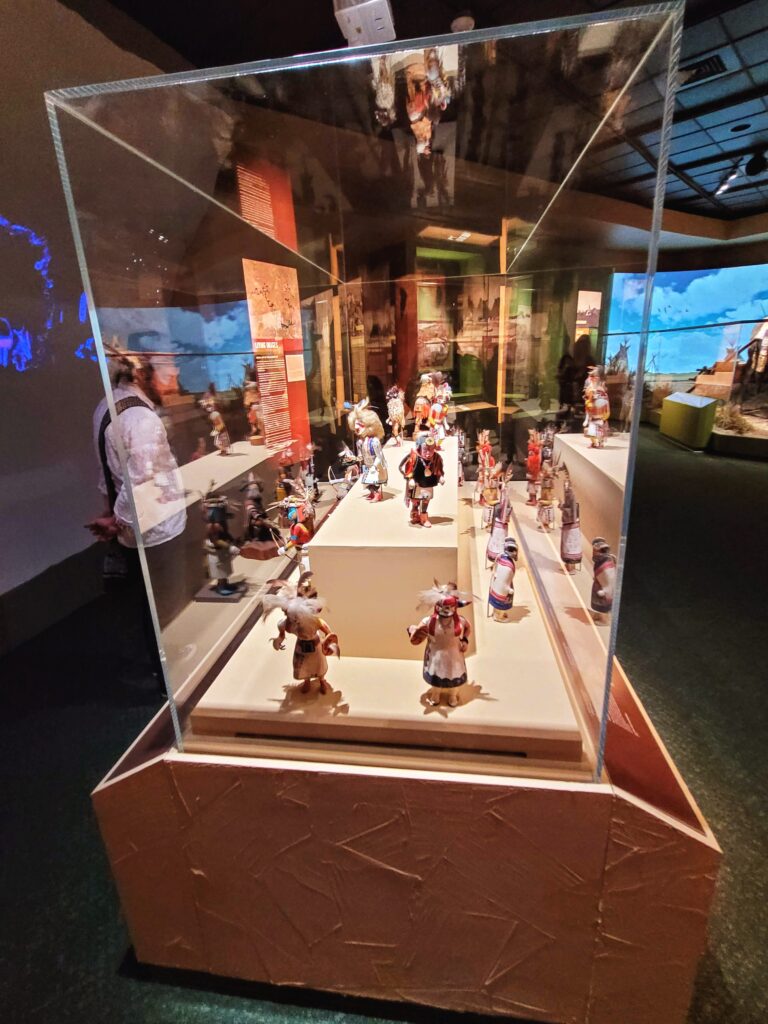
The exhibition presents the stories of Indigenous people from North, Central and South America through some 600 items (or “belongings” as many Indigenous people reference them), texts, photos, and videos.
The timespan covered is immense, starting with Ice Age populations and their achievements and taking the narrative into the present. For example, at the center of the exhibition, both in a literal and philosophical sense, is an inuksuk (i-NOOK-shook) stone monument—used by Inuit as a directional marker or to note a place for hunting or fishing.
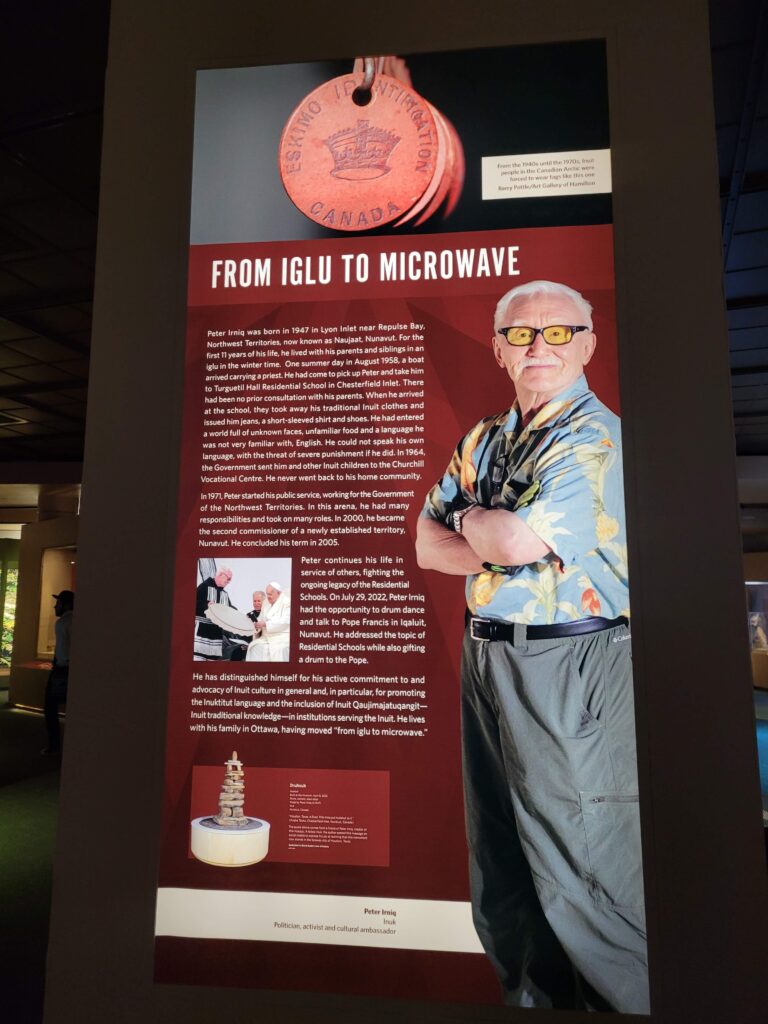
Within the context of the John P. McGovern Hall of the Americas, it symbolizes the presence of Indigenous peoples in the Americas since time immemorial, a reminder that they have always been here and continue to be here.
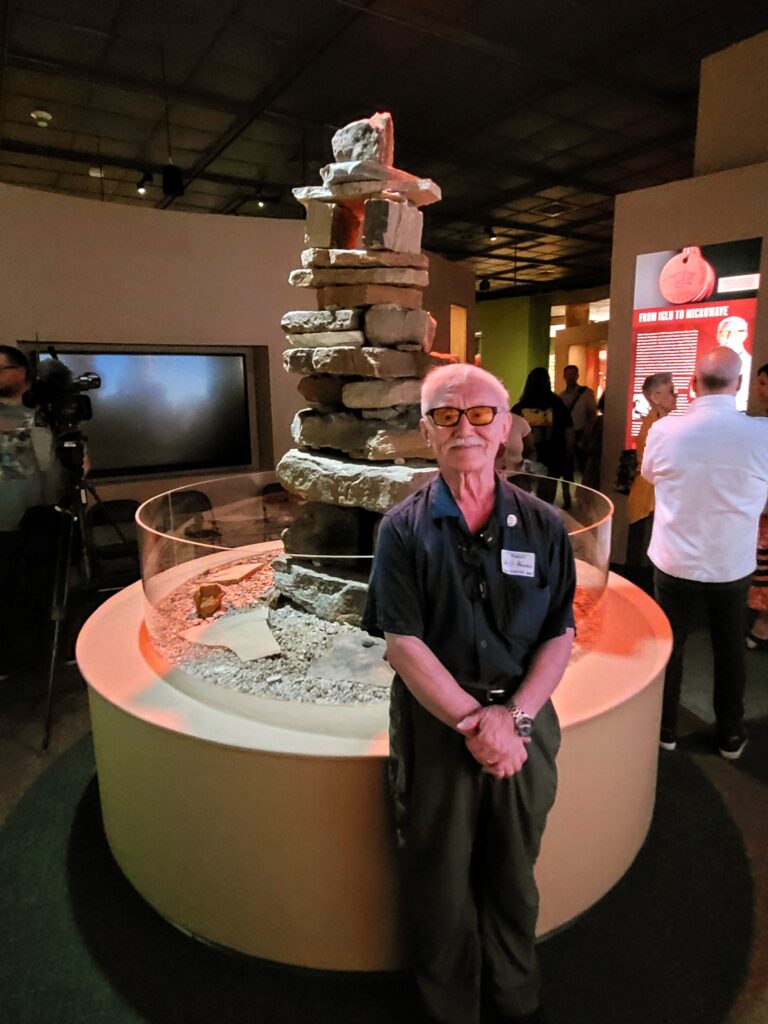
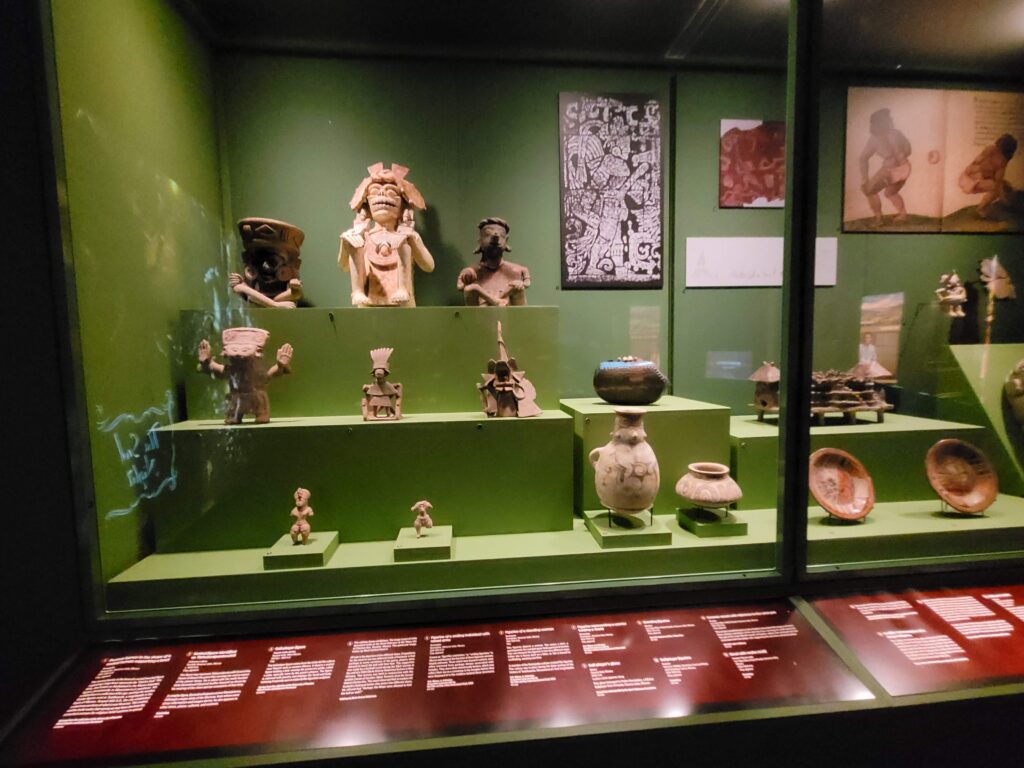
Many belongings on display reflect traditions and ideas still found among the communities represented: instruments and headdresses used during the Marake ritual of initiation into adulthood of boys; traditional beadwork from the Gordon Smith collection demonstrating Plains Indians artistry; and a totora reed boat, commissioned by the Government of the Plurinational State of Bolivia for HMNS, demonstrating the importance of reeds to the everyday lives of the Uros and the skill needed to build the vessel.
Several objects are further examined through the interactive CultureConnect platform, which offers a broader context to a story represented in the exhibit. HMNS will continue to add information to this platform, making this exhibit a living, breathing embodiment of Indigenous people and Nations, updated when new discoveries are made.
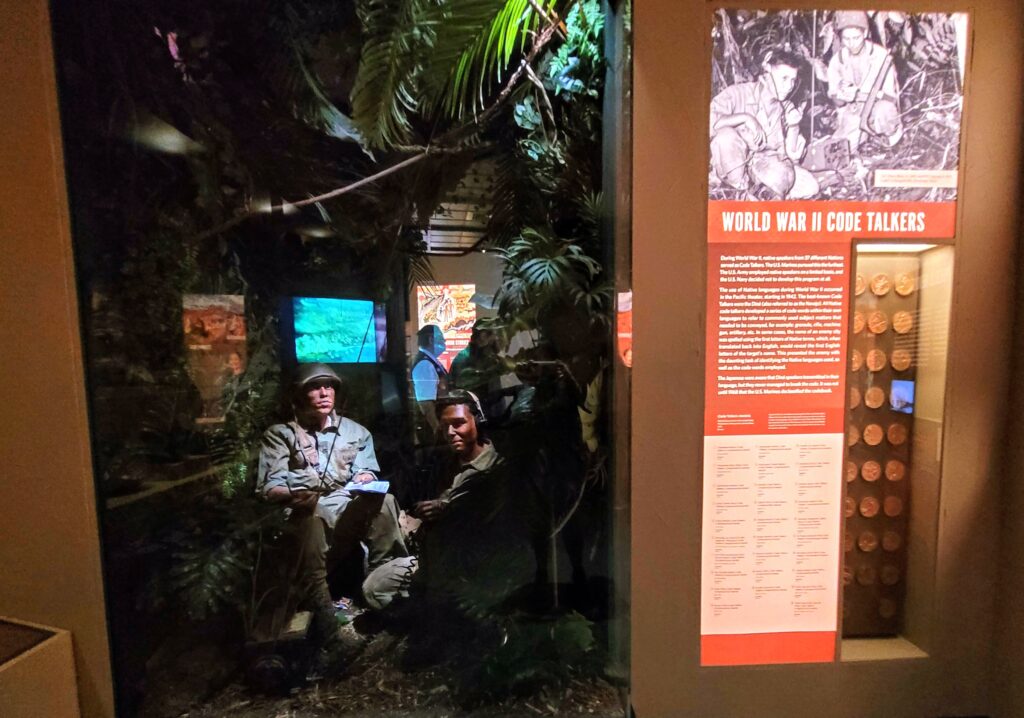
The exhibition also discusses notable Indigenous peoples from the 20th and 21st centuries, bringing stories that have historically been kept in the background to the forefront. From five Indigenous ballerinas who achieved international recognition to code talkers who used their language skills as a secret weapon for the U.S. in World War I and World War II, many such stories are highlighted.
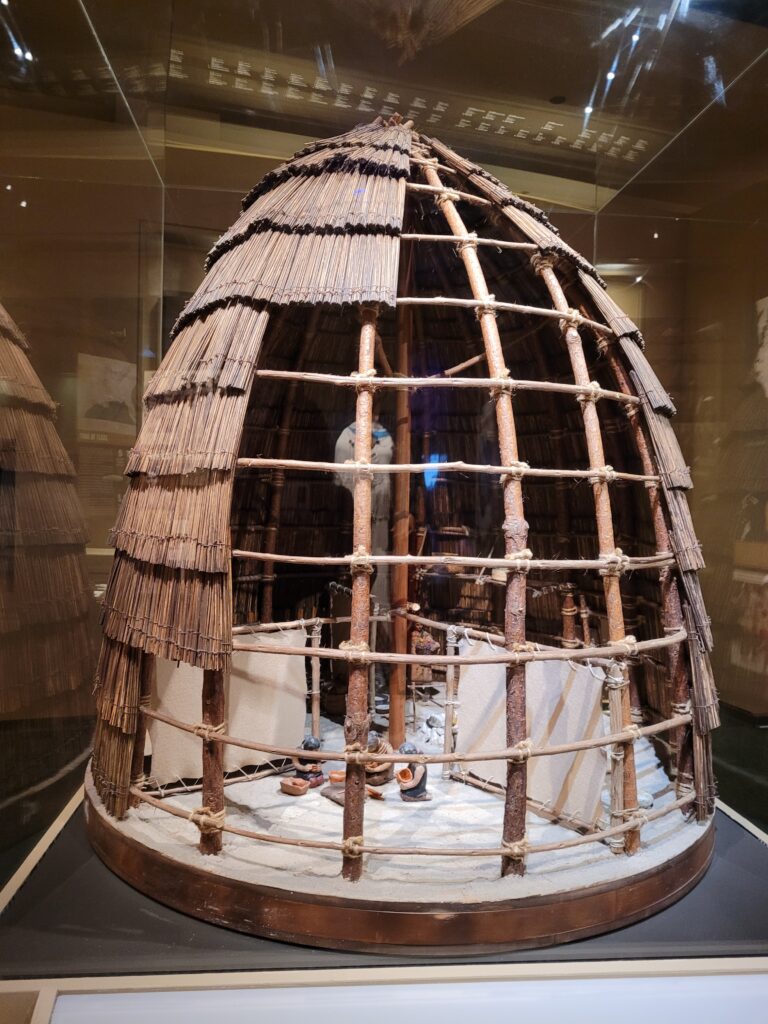
“With the new John P. McGovern Hall of the Americas, we present some stories that will bring a smile to your face, and others that invite you to reflect on painful events that continue to affect many Indigenous people,” said Dr. Dirk Van Tuerenhout, Curator of Anthropology for HMNS. “These include the impact of colonization, land theft, Missing and Murdered Indigenous Women (the disproportionate violence directed towards Indigenous women in the Americas), and boarding and residential schools established to assimilate Indigenous children.”

The John P. McGovern Hall of the Americas opened Sept. 24, 2022 at the Houston Museum of Natural Science. Museum. Entrance into the exhibition is included with general museum ticket hall purchase.
Visit HMNS.org for tickets and information.
Photos: V. Sweeten